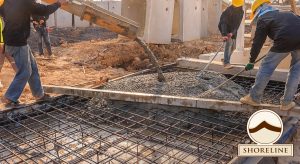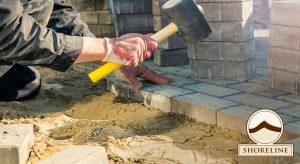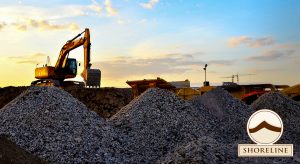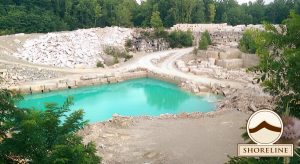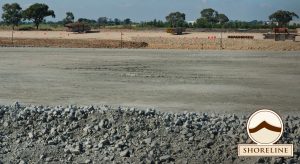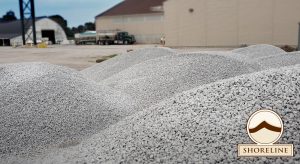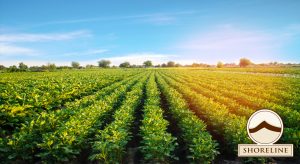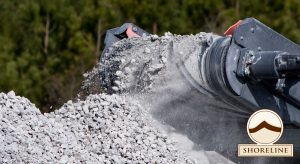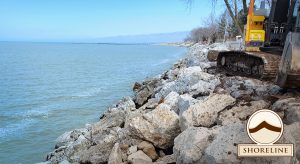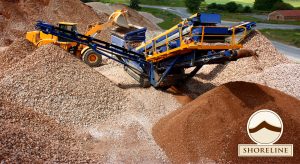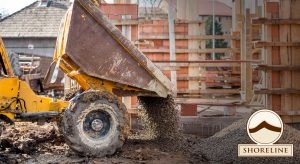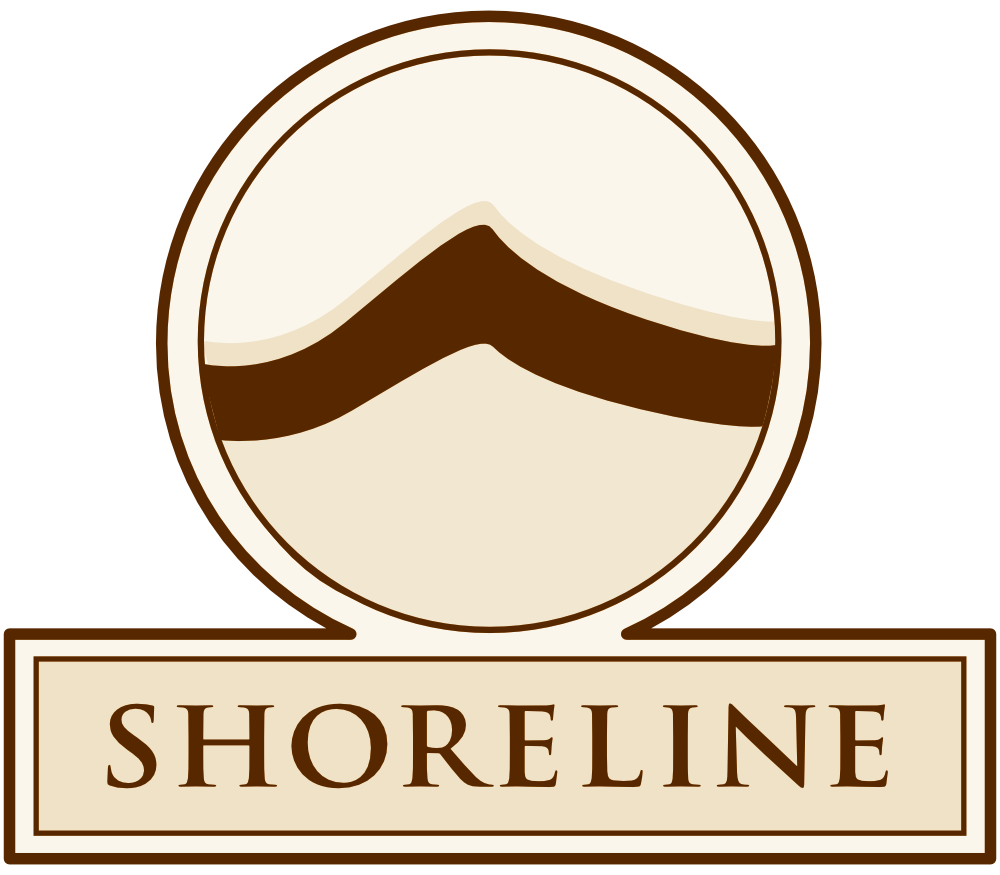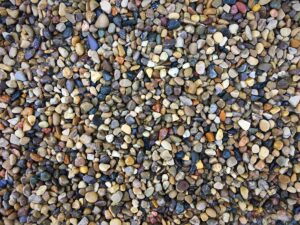
Indiana Pea Gravel: Definitive Guide
Turning a commercial or shared community space into an inviting, tranquil oasis means incorporating elements of nature, from lush local plants to small Indiana pea gravel. Each Indiana pea gravel stone is unique, and together, they can be used to create beautiful entryways, landscaping, patio areas or even a driveway or parking lot. Beautiful, versatile enough to complement any exterior theme, and fairly easy to install in your space – there’s plenty to love about pea gravel. Our Definitive Guide will teach you everything you ever wanted to know about pea gravel to help you create the ideal outdoor space. What is Pea Gravel? The Origin of Indiana Pea Gravel Pea gravel is the collective name for small, natural stones


